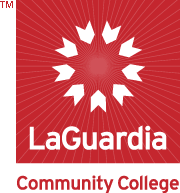
Publications and Research
Document Type
Article
Publication Date
3-1986
Abstract
Quigley and Kretschmer (1982) asserted that the primary goal of education for deaf children should be literacy in English. This article presents an alternative view that there be two primary goals: (a) thinking and learning through the development of meaning-making and meaning-sharing capacities and (b) the acquisition of literacy in English. In this article, the first of these goals is viewed as the more fundamental since it facilitates the acquisition of knowledge while it simultaneously serves as the prerequisite for the acquisition of literacy in English. Because neither direct language instruction nor the exclusive use of English in sign will facilitate the development of meaning-making and meaning-sharing, this goal underscores the need for classroom practices that are content-focused and actively engage students through the use of the linguistic symbol system that appears to best convey meaning for deaf student—American Sign Language. (Part 2 of this article explores the process of English literacy acquisition by deaf learners.)
Included in
Disability and Equity in Education Commons, Language and Literacy Education Commons, Sign Languages Commons, Special Education and Teaching Commons, Teacher Education and Professional Development Commons


Comments
This article was originally published in American Annals of the Deaf, vol. 131, no.1, Mar. 1986, pp. 21-25. doi: 10.1353/aad.2012.0774286.